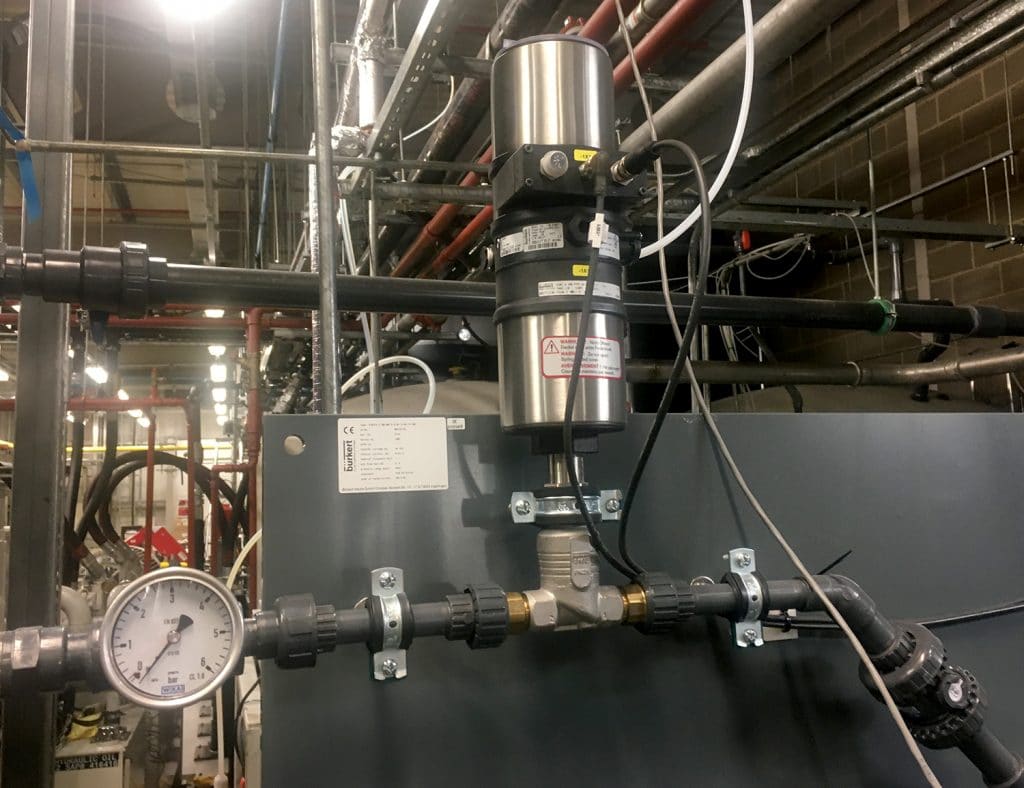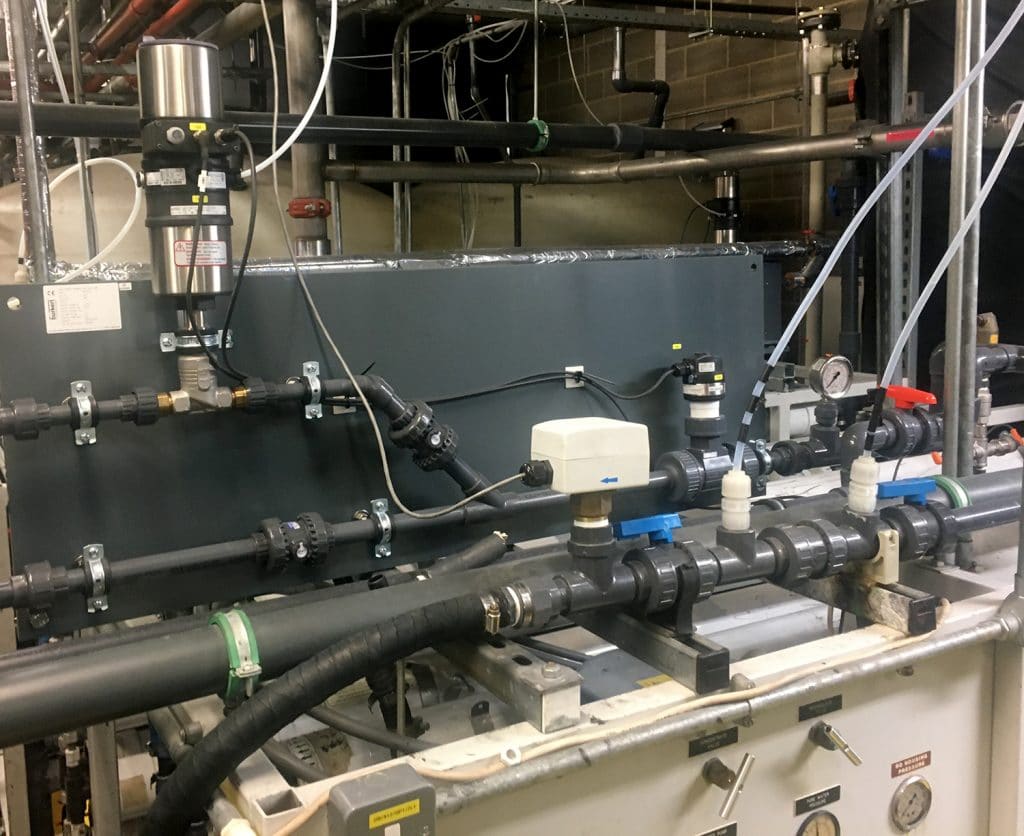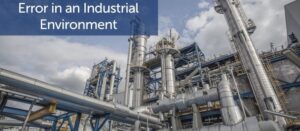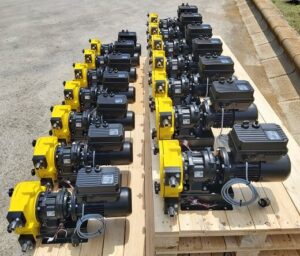![]()
Achieving the right water hardness in industrial applications is crucial to maintaining equipment efficiency.
In the case of the Newsprinters plant in Broxbourne, Herts., the lithographic printing presses require a specific hardness of water to produce high-quality copies. As part of a cost optimization project, the company turned to Bürkert for a water blending solution that would combine reverse osmosis (RO) water with the mains supply.
Due to the natural water hardness in Hertfordshire, Newsprinters had installed an RO system to purify the local water supply before using it in the dampening process on the printing presses. This delivered a purified and very soft water resource. However, to meet the requirements of the printing press manufacturer, a chemical had to be added to bring the water hardness up to a specified level, 9 or 10 on the German water hardness scale.

Paul Wesley, Group Technical Manager, at Newsprinters, explains: “We had identified the process of re-hardening the water as having the potential for improvement, provided we could find a way to blend the two water sources accurately. Our facilities management (FM) team suggested Bürkert as a possible partner in this project; as a well-respected supplier of high-quality, reliable process control equipment, it was an easy decision.”
There are essentially two ways in which to achieve a water blending solution – using flow meters and a flow control device to deliver a set mix ratio or by installing a conductivity sensor that is linked to a flow control valve on the raw water line. Bürkert’s engineers suggested the latter option as the most cost-effective and accurate system.
The FM personnel installed the additional pipework, flow control valve, and the conductivity sensor, with assistance from Bürkert in commissioning the new system. By eliminating the cost of around 1,000 liters of re-hardening chemicals each week as well as the environmental benefits of not having to transport the chemical to the plant, Newsprinters has achieved significant savings through this project.

Emmet O’Sullivan, Account Manager for Bürkert, comments: “As soon as we looked at the application, it was clear the most effective solution would involve a conductivity sensor and closed-loop feedback to the control valve. This would ensure continuous accuracy and take account of any changes in the quality of the raw water source. We commissioned the control valve and assisted with the installation to ensure the seamless introduction of this solution.”
Once the water blending installation was complete, the hardness of the water was carefully monitored and found to be both accurate and reliable. The printing works are arranged in such a way that there are two separate water supply systems, so while the water blending solution was being trialed on one, the second line remained with the original re-hardening chemical.
Paul Wesley concludes: “After six months of successful trials, we requested a second blending unit from Bürkert, and both have now been in use for several months. It was soon apparent that the new system was able to accurately maintain the water hardness at exactly the point we needed. As a result, we have made a significant saving in terms of our chemical requirements and reduced our CO2 footprint at the same time.”
Click here for related articles and newsSearch for flow control valve manufacturers in our equipment guide
Sign up for Flow Control and Measurement E-Updates
The leading partner in fluid control systems for 70 years, we at Bürkert have been devoting a lot of time and energy to liquids and gases. And yet hardly a day goes by without new and exciting challenges which we gladly embrace — challenges that help us grow. Whether measuring or controlling, we’re fascinated by everything that flows. And without …
Source of Article



